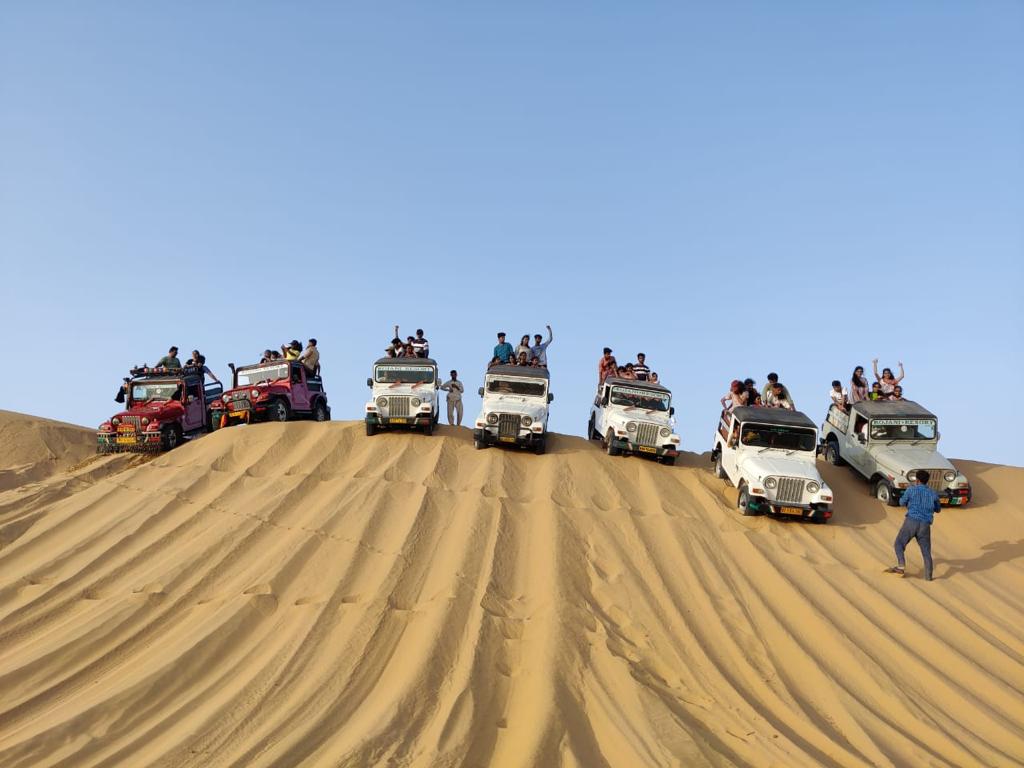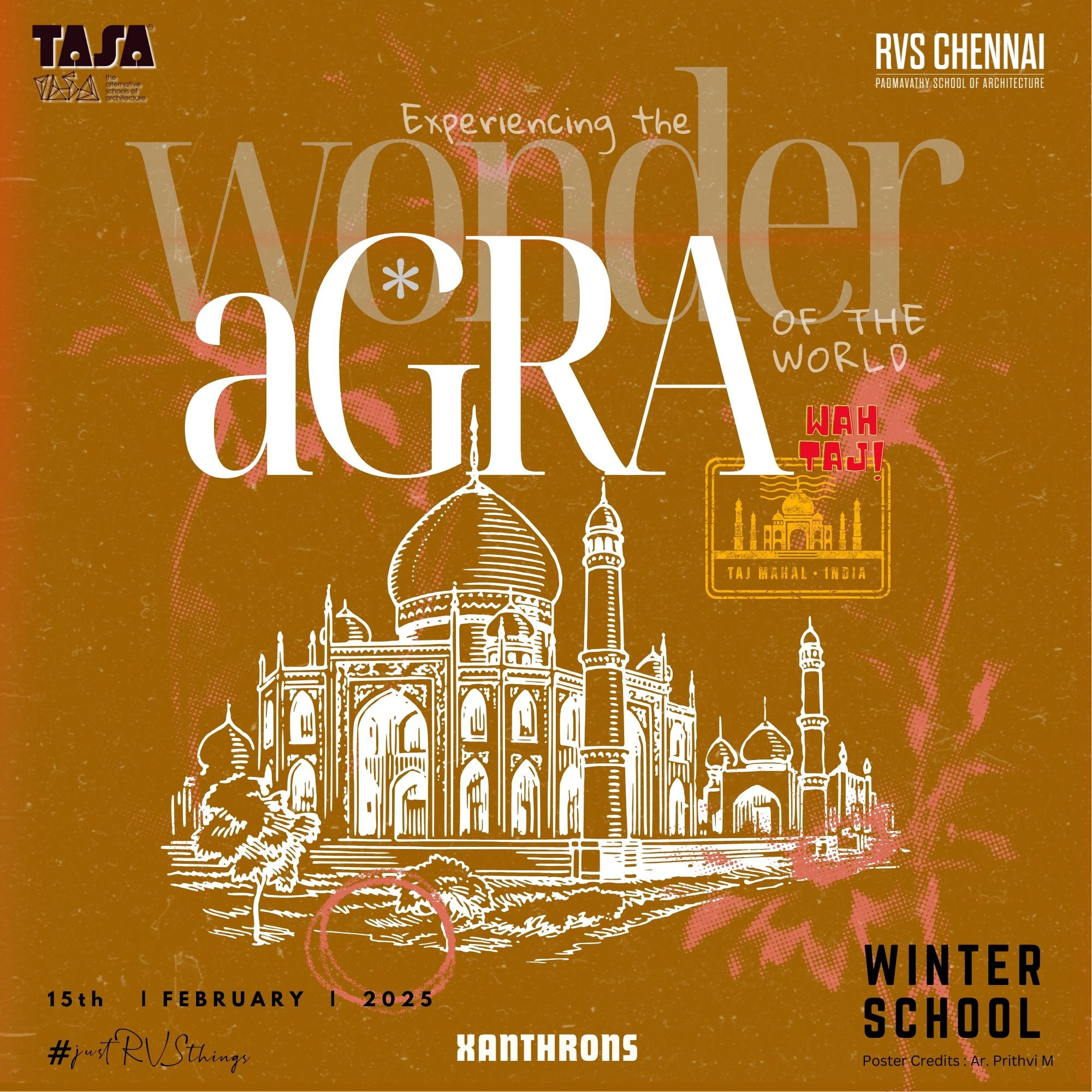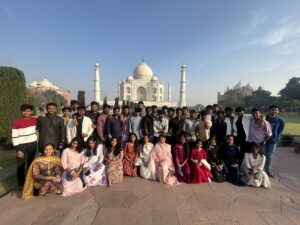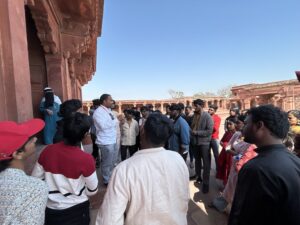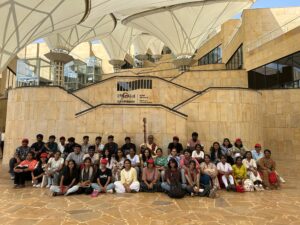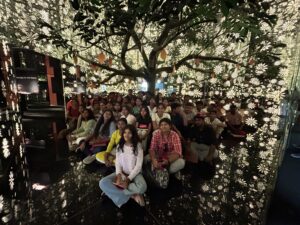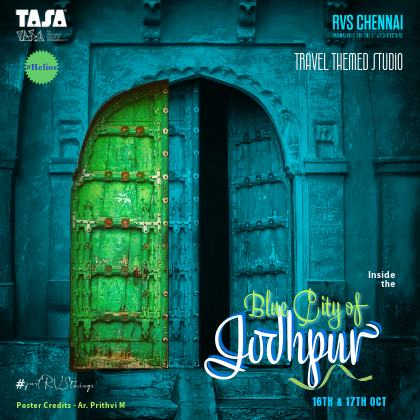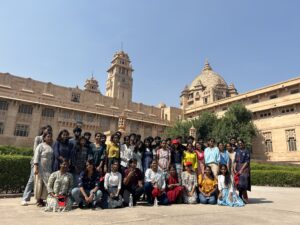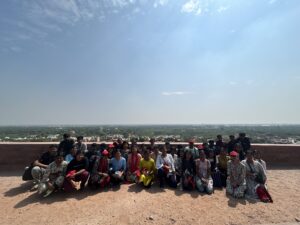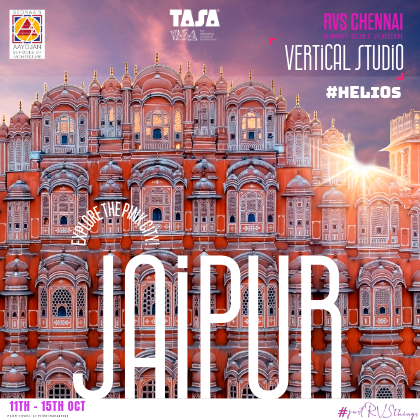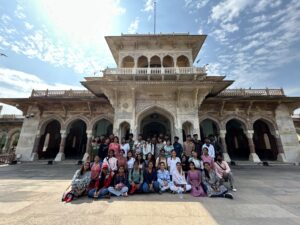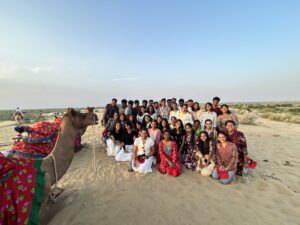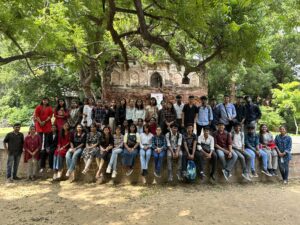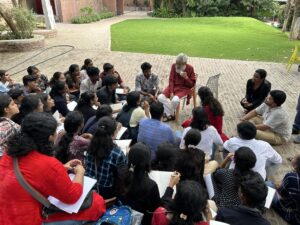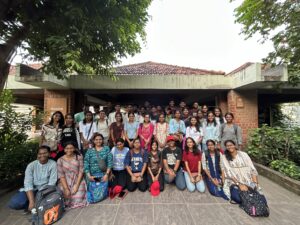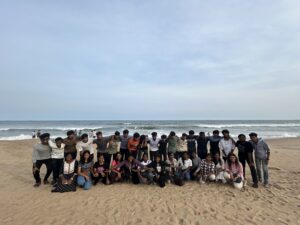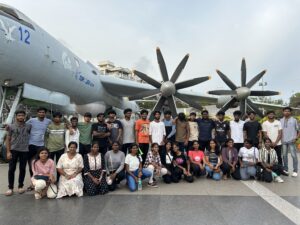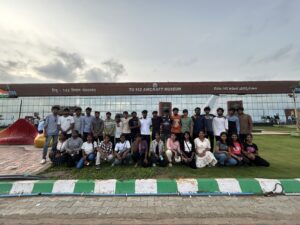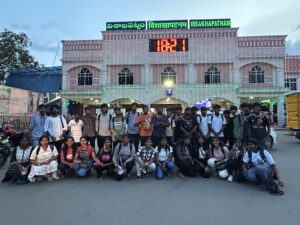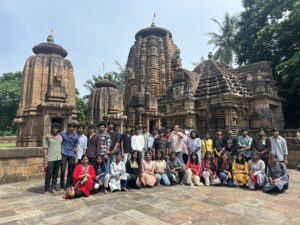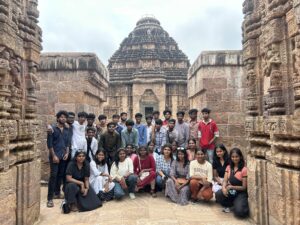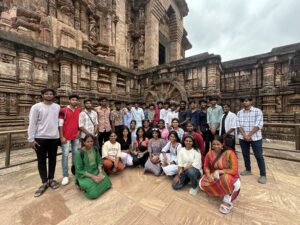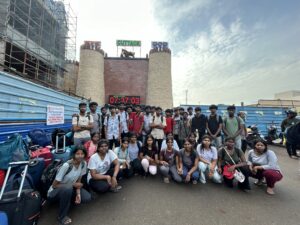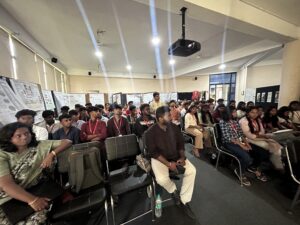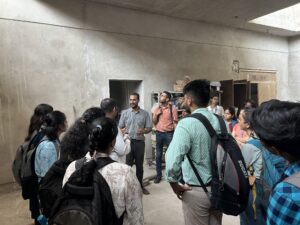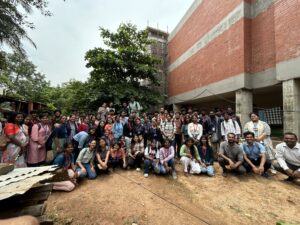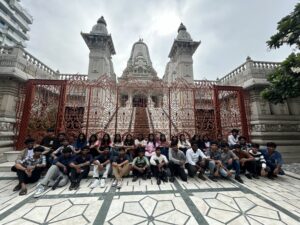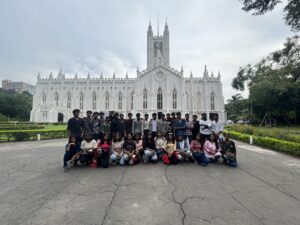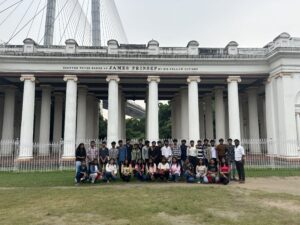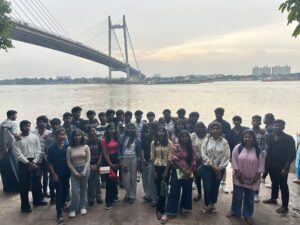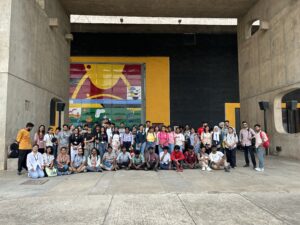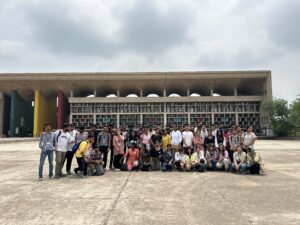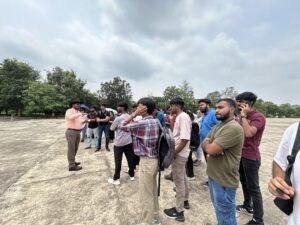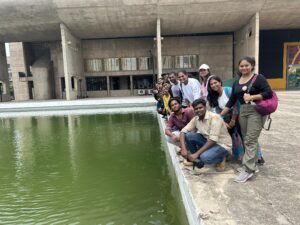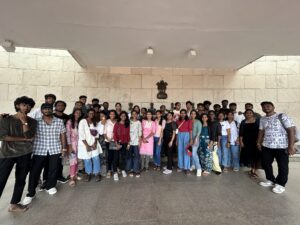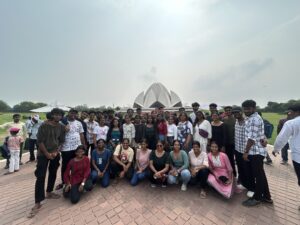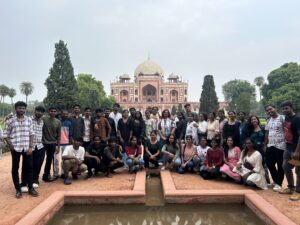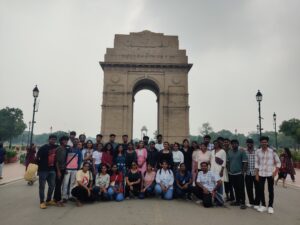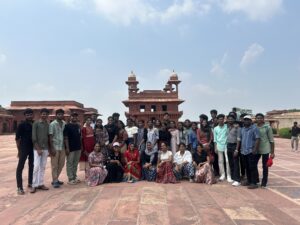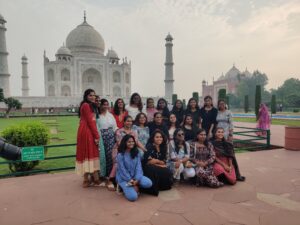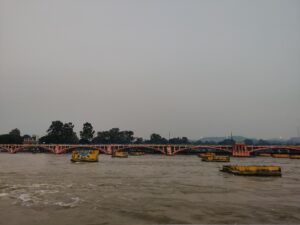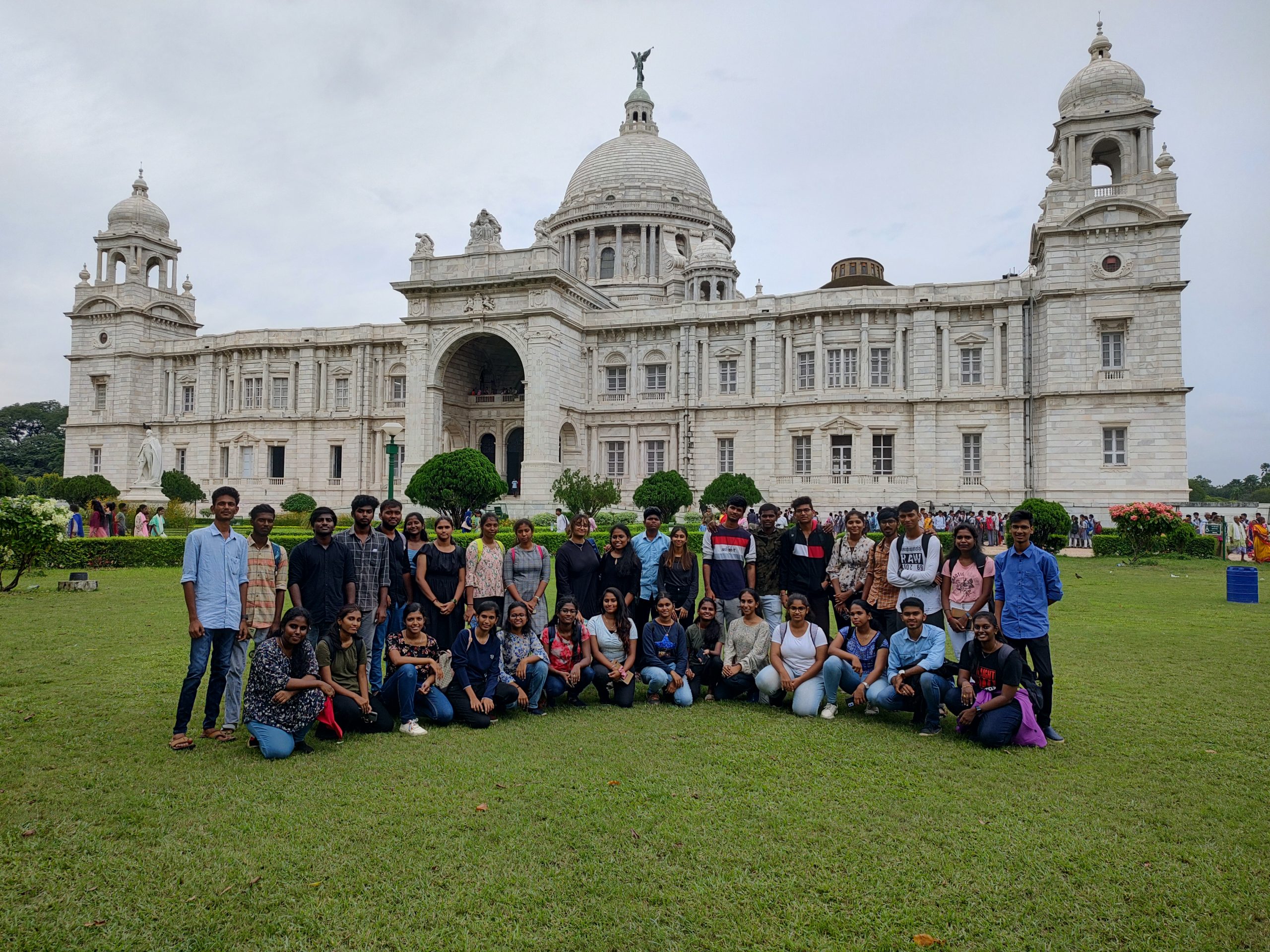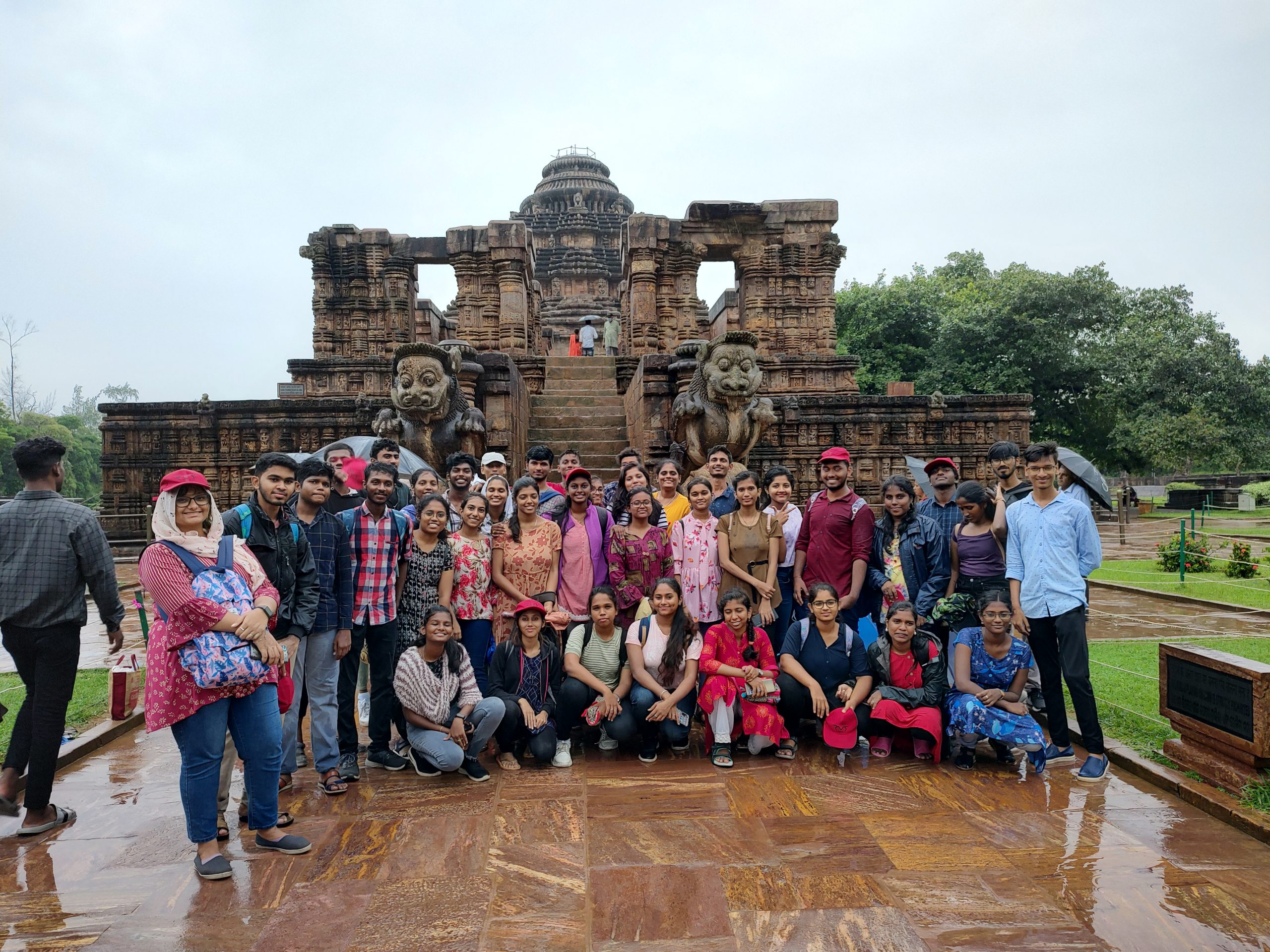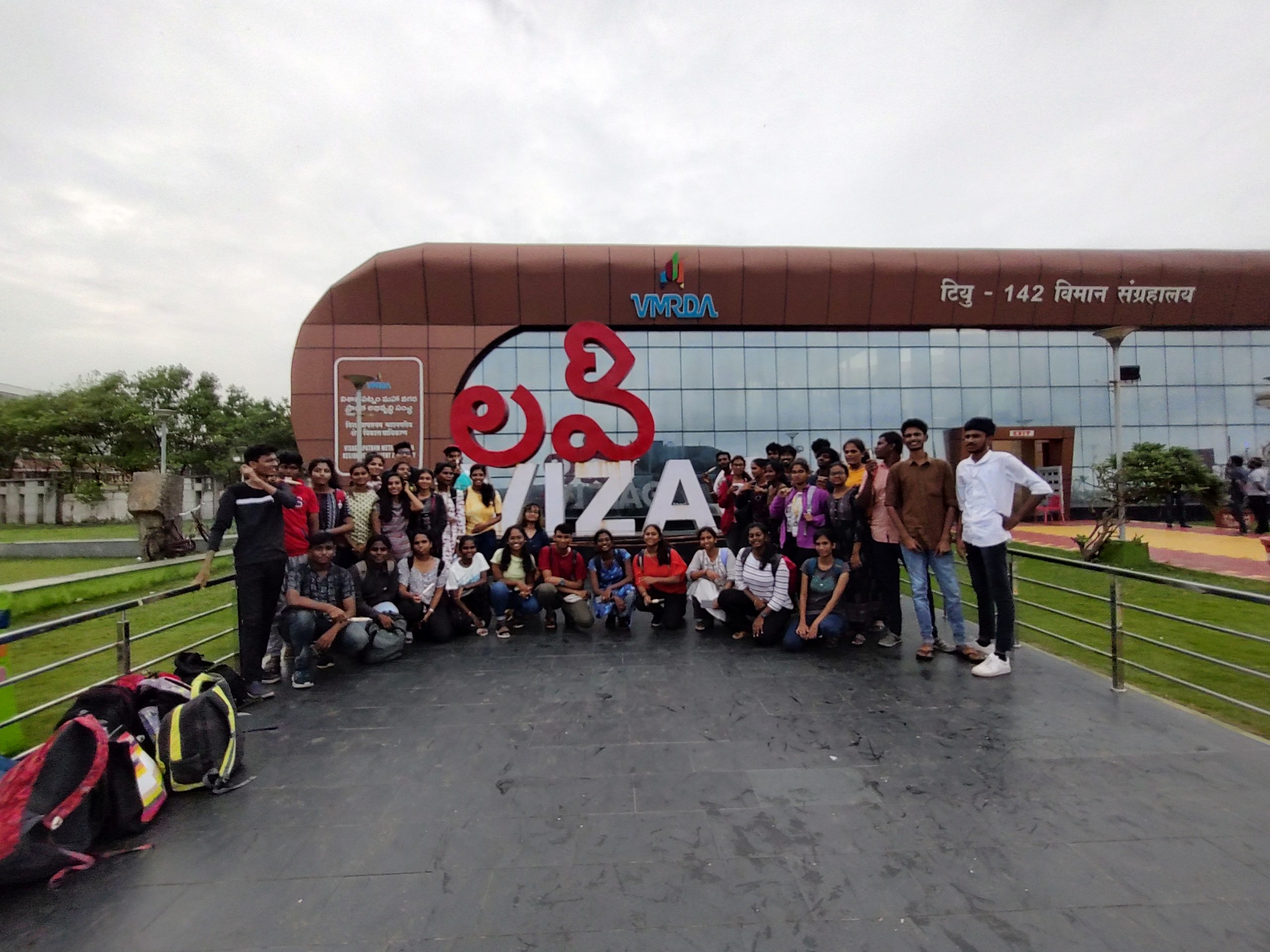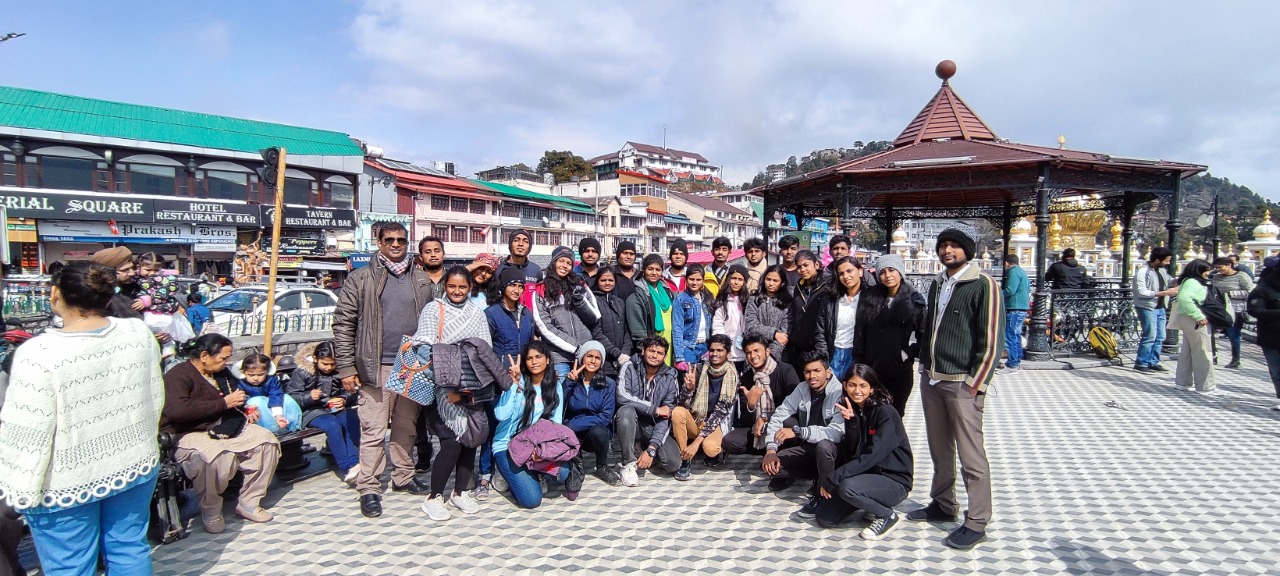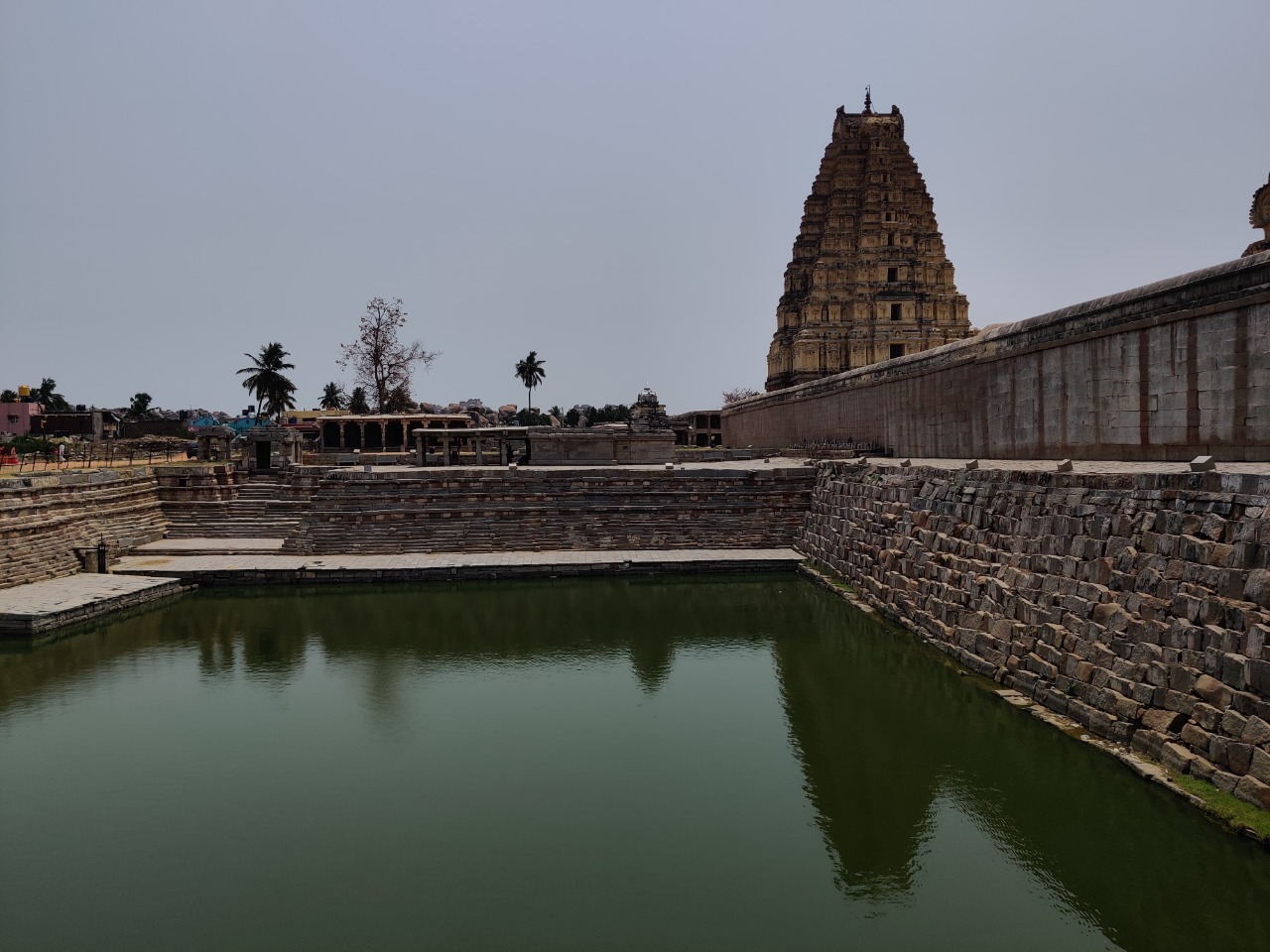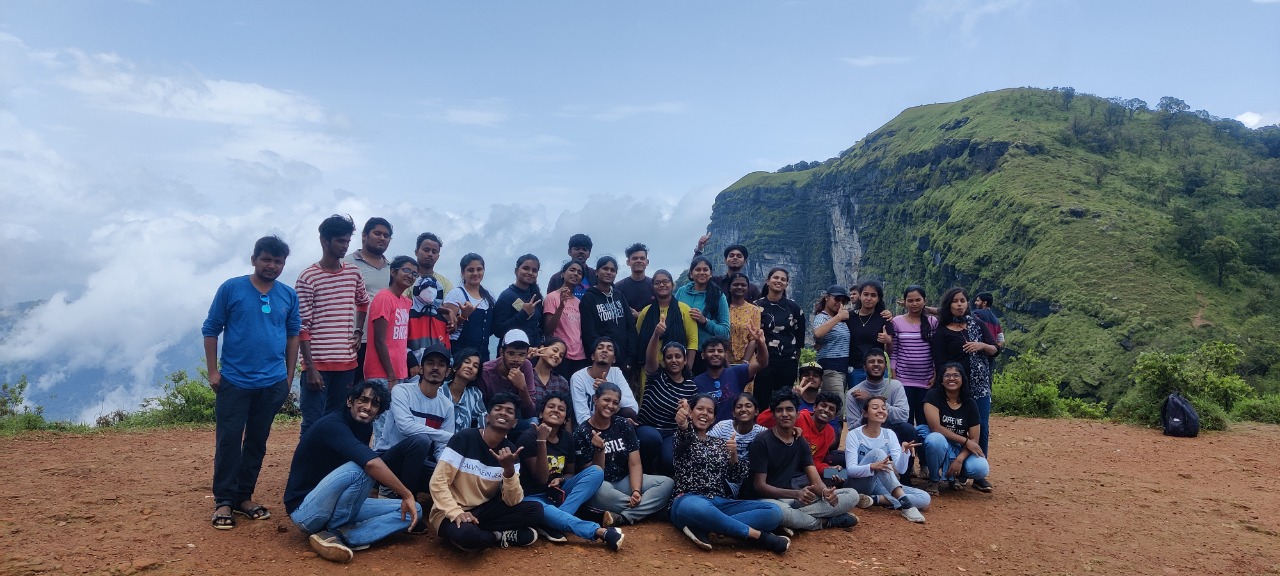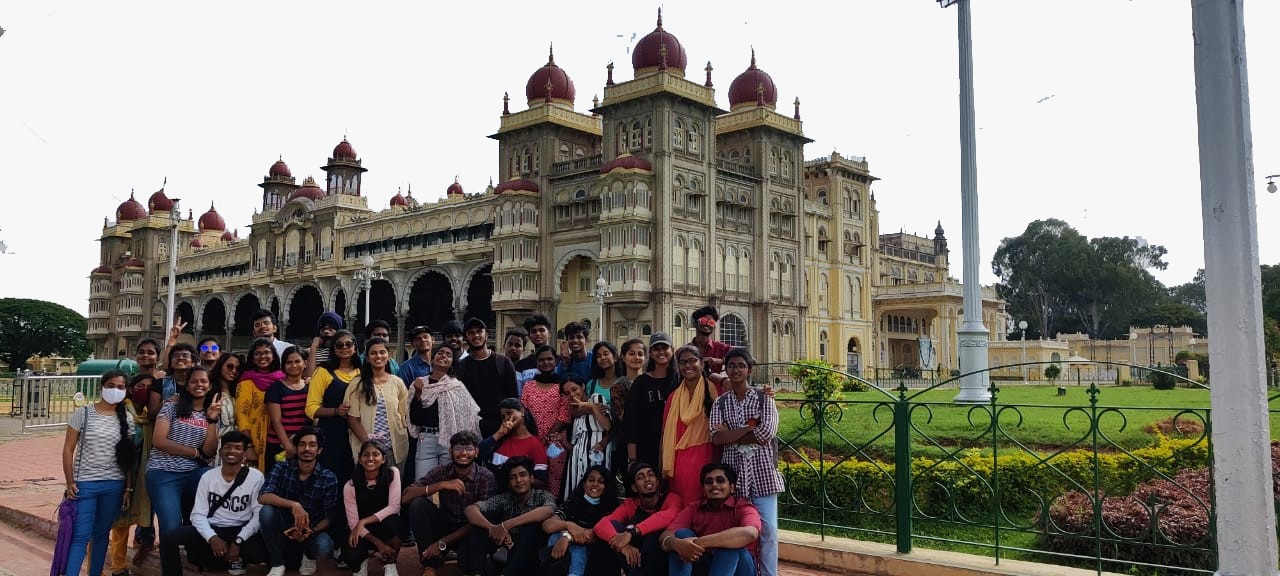As a part of the VERTICAL STUDIO the students visited BHUBHANESWAR city where the students visited many renowned structures. Bhubaneswar is the capital and the largest city of the Indian state of Odisha. It is located in the Khordha district. The suburban region, especially the old town, was historically often depicted as the “Temple City”.
As a part of the VERTICAL STUDIO the students visited CUTTACK city where the students visited many renowned structures. Cuttack is an important river port and trade centre, and it has good rail and road connections to the rest of Odisha and to Kolkata (Calcutta), West Bengal, and other Indian cities. Cuttack’s industries include manufacturing, handicrafts, and milling of agricultural products.
As a part of the LIVE PROJECT 2022, the batch of 2020 visited the lesser known city of Bhopal – the city of lakes. Through this trip we discovered some amazing jewels in the city of Bhopal which gave an enhanced learning experience. From going on heritage walks to visiting Charles Correa building, the trip fulfilled all senses.
Mysore , a heritage walk with 18 stops through the city. The students of Year-03, Aztechs went on a heritage circuit by foot, through the city of mysore. Through this heritage one can reveal the secrets of the city which are concealed in its tiny bylanes, crowded bazars, palaces, places of worship and heritage buildings. The real essence of the city is un-earthed as these walks highlight a vast range of Architectural styles and traces of the city’s social and cultural history.
As a part of the Rapid Studio 2021, the students of 2018 batch visited New Delhi – the Capital City. It is known as the city of hearts and our students explored the historic heritage of the city and the contemporary buildings to derive inspiration. Many urban plazas and markets were explored as a part of a advanced learning experience.
As a part of the Rapid Studio 2021, the batch of 2018 visited the lesser known city of Bhopal – the city of lakes. Through this trip we discovered some amazing jewels in the city of Bhopal which gave an enhanced learning experience. From going on heritage walks to visiting Charles Correa building, the trip fulfilled all senses.
As a part of the Rapid Studio 2021, the batch of 2018 visited the planned city of Chandigarh. The city is known for its broad streets and garden city planning designed by Le Corbusier. The students were able to learn and understand the principles of modern architecture and city planning through this visit.

As a part of the Vertical Studio 2021, the students of 2019 batch visited different places in Delhi. The students visited Qutab Minar, Red Fort, Raj Ghat, Connaught Place – a commercial complex built during colonial rule, Jantar Mantar, Humayun’s Tomb, lotus Temple and Dilli Haat – a cultural art village for handicrafts.

As a part of the Vertical Studio 2021, the students of 2019 batch visited Agra and Fatehpur Sikri. In Agra they visited the famous Taj Mahal – Wonder of the World and Agra Fort built by Shah Jahan. The students also visited Fatehpur Sikri the capital built by Akbar reminiscing the History lessons from the previous semester.

As a part of the Vertical Studio 2021, the students of 2019 batch visited Jaipur – the Pink City. The city is unusual among pre-modern Indian cities in the regularity of its streets and the division of the city into six sectors. The Palace quarter encloses the Hawa Mahal palace complex, formal gardens, and a small lake. Nahargarh Fort, which was the residence of the King Sawai Jai Singh II, crowns the hill in the northwest corner of the old city.


Our students were a part of a hands on workshop session with One Makers Group, Singapore founded by William. OMG is the founding secretariat of the Southeast Asia Makerspace Network (SEAMNET). The OMG studio is with the latest digital fabrication tools, electronics kits and machine tools along with conducive workspace

Travel is a big part of education in our college. As a part of the Summer-Winter School 2019 our students explored the city of Kuala Lumpur in Malaysia. Kuala Lumpur is the cultural, financial and economic centre of Malaysia and has one of the greatest infrastructure buildings there.


Anatomy of George Town is a two part workshop as a part of a research project that looks at Postcolonial identity in Historical Urban Setting. The intent of the workshop looks at urban place making, urban identity and a shared history from a multi sensory dimension in two cities Penang, Malaysia and Chennai (Madras), India.

As a part of the Summer-Winter School Workshop, we organised a natural and traditional structural system workshop associated with the Studio Architecture Autonomous in Goa. The aim of the workshop was to give practical exposure to our students in terms of instruction of masonry arches and domes.

Centre for Indian Bamboo Research and Technology organised a workshop at Palampur, Himachal Pradesh exclusively for students of RVS. The major importance was given to bamboo crafts training session. Various bamboo crafting techniques were taught by the trainers. The students were allotted different crafts and were also encouraged to develop models of their own ideas and creativity.

The first year student as a part of their Summer – Winter School visited Ahmedabad and explored the city. They walked through the lanes of the old city taking in the beautiful architecture and planning of the old city and experienced the brilliant architecture of Gandhi Ashram and other places in the city. It was a unique experience for the students.

EXCELLENCE AWARD Exhibition @ C.E.P.T., AHMEDABAD
The CEPT Excellence Award Exhibition recognizes and celebrates excellence in student work and studio units at CEPT. The exhibition showcases the 10 best student projects and 5 best studio units in the form of drawings, models and portfolios from our Architecture, Design, Construction Technology and Planning Faculties.


The second year students of RVS were a part of a week long workshop in Palgarh town near Mumbai during their Pongal break conducted by Design Jatra. In this workshop the students were taught to handle bamboo, cob, wattle and daub and timber joinery native to the region building a live ongoing project.

Aga Khan Exhibition @ KRVIA, MUMBAI
The exhibition includes the Aga Khan Award for Architecture [AKAA] is given every three years to projects that set new standards of excellence in architecture, planning practices, historic preservation and landscape architecture. Aga Khan Historic Cities Programme:




Art Village is a physical manifestation of a creative space, nested in the hills of Karjat. The students under the guidance and mentorship of architect Kiran Vaghela and Tejas Kotak understood the importance and the strength of sustainable architecture in all its forms. The students were exposed to the technique of rammed earth construction which included learning about testing of the soil to the ramming of the soil and creating structures.

Tensile Structure Workshop
This workshop was about the design of tensile structures. We joined Architect Arun Swaminathan who elaborated on the elasticity and the flexibility of the tensile structures and its implementation. Students made small prototypes of these structures. They also made a true scale installation at our college premises.

Manasaram Architects, the award winning architecture firm headed by Ar. Neelam Manjunath has set itself apart by purely building with bamboo. The believe in moving towards sustainable future. The program here with our students students focused on inculcating material awareness and the essence of building with natural materials. This involved learning about the treatment of bamboo, bending, cutting, joining processes.

An initiative to encourage hands on education and problem solving, based on the United Nations Sustainable Development Goals. The conference is aimed at developing digital pedagogies for building peaceful and sustainable societies. Participants will work in teams with mentors and peers from the industry, academia, government and the scientific community.

